Balthazar Korab’s Stunning Photos of the World Trade Center
![]()
These incredible photos of the World Trade Center were taken by Balthazar Korab who was commissioned by the Twin Towers’ architects to document the buildings.
Twenty-three years after the towers were destroyed in the September 11 attacks, Korab’s photos taken in the mid-1970s act as important documentation.
Korab’s archive is now housed by the Library of Congress which has digitized over 800 of his photographs but waiting to be worked on is a further half a million negatives.
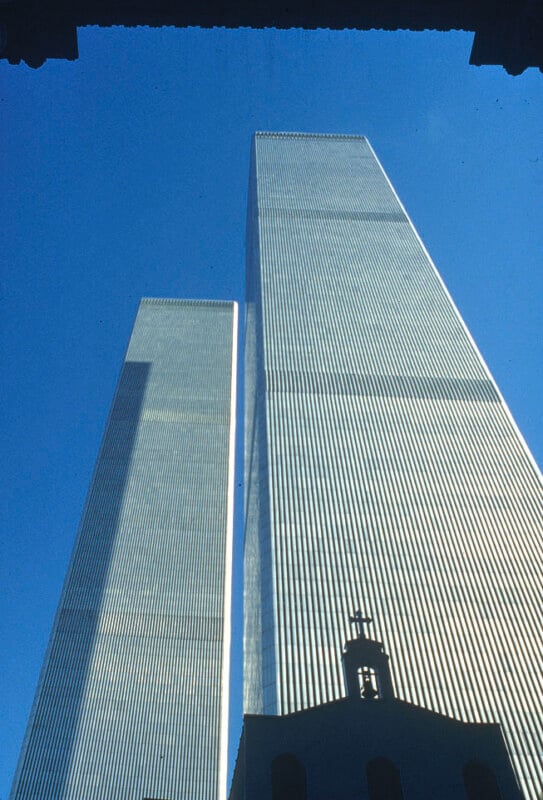
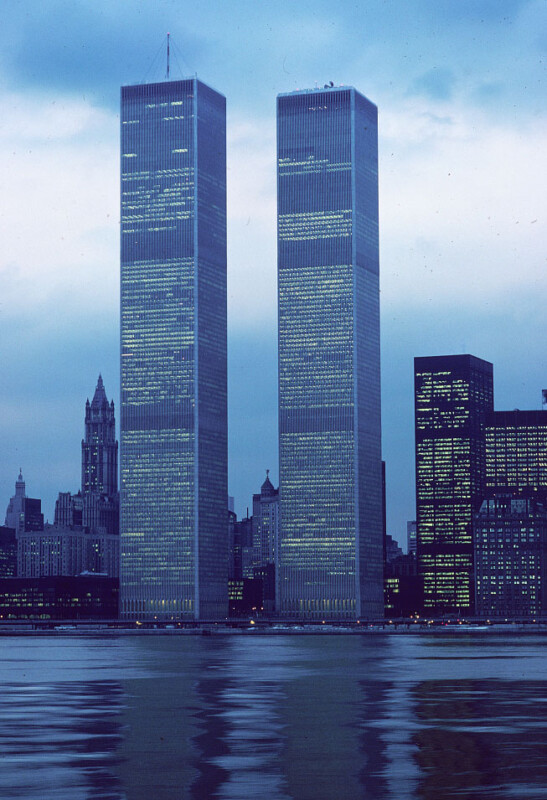

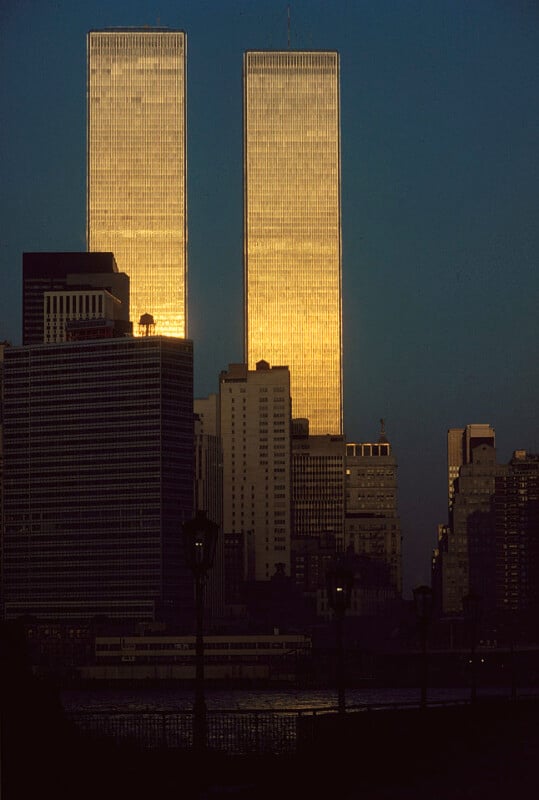
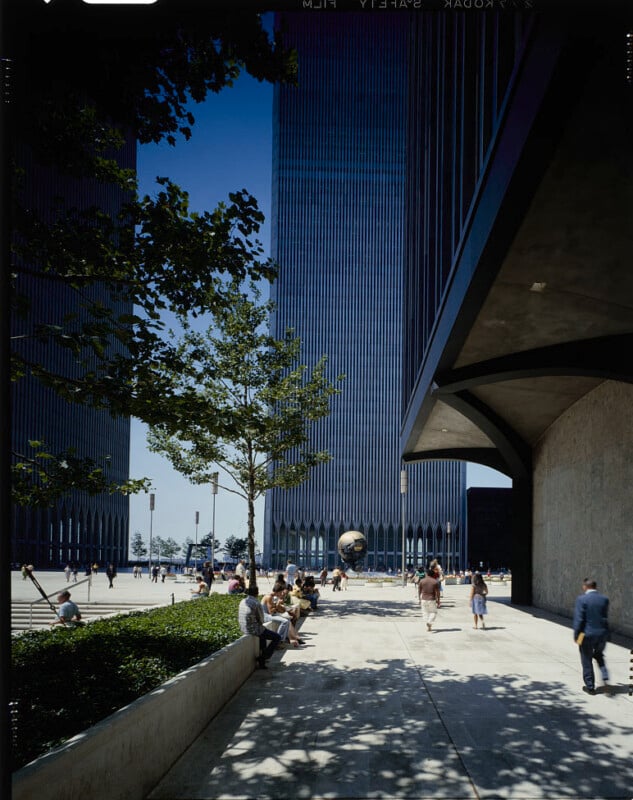
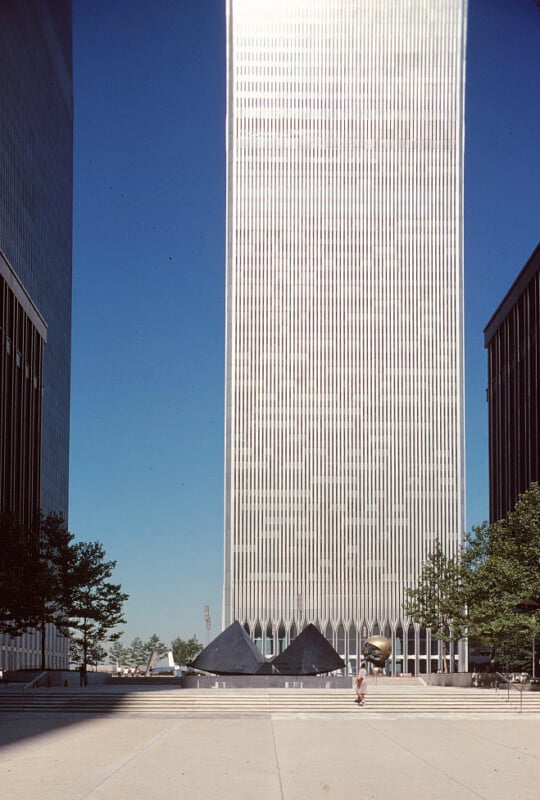
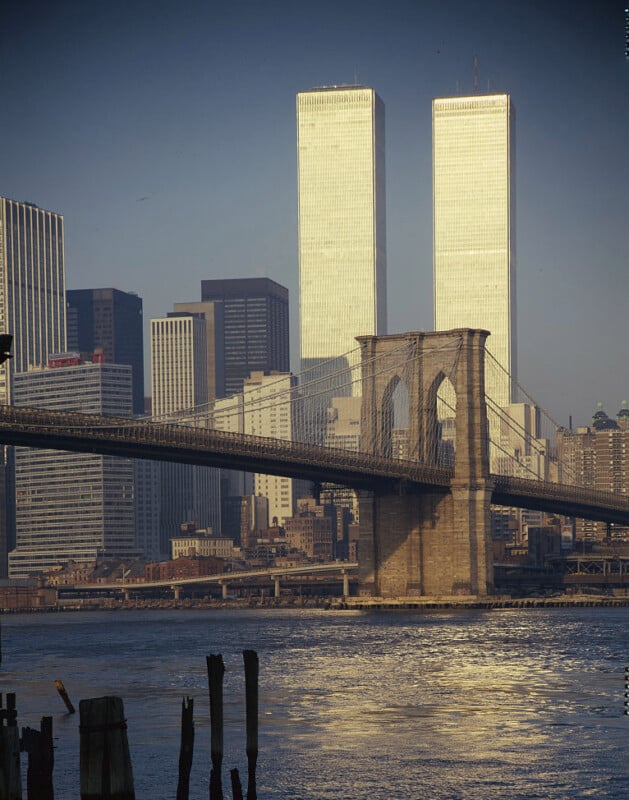

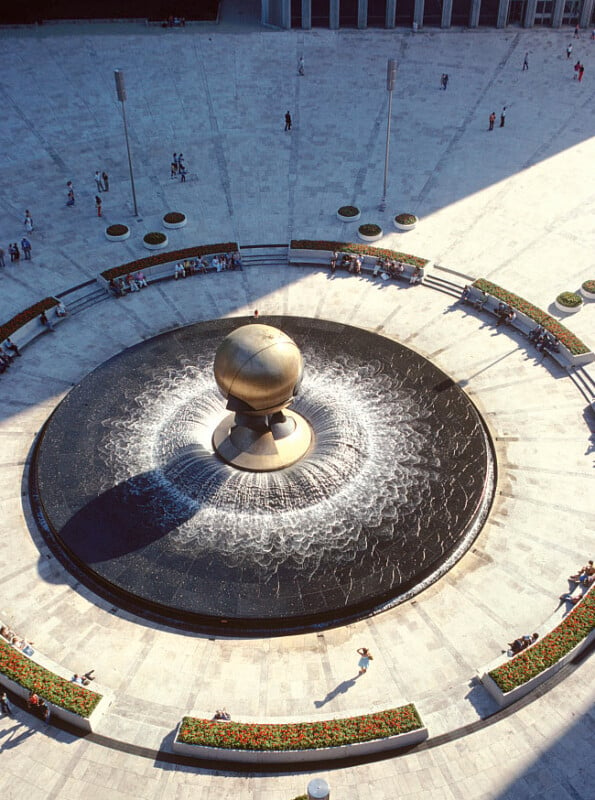
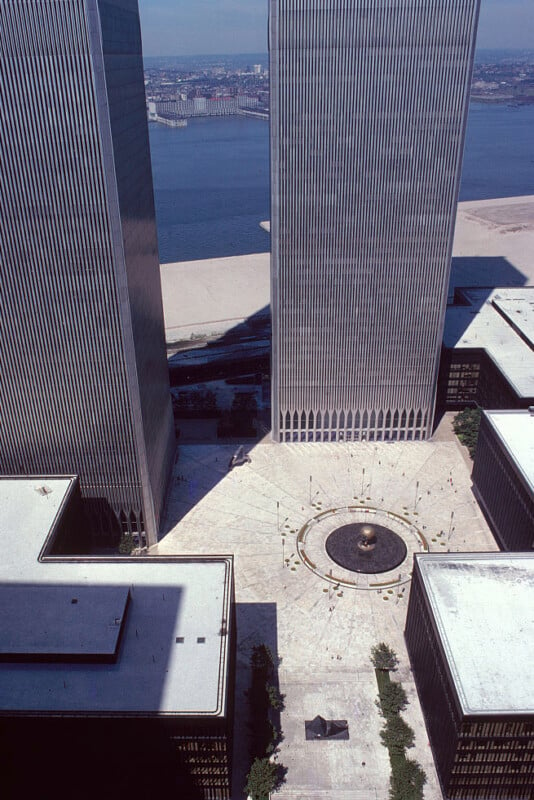
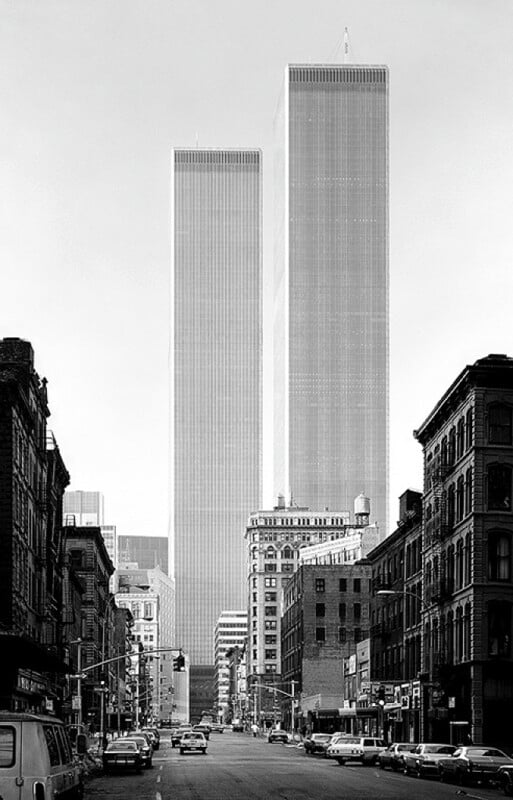


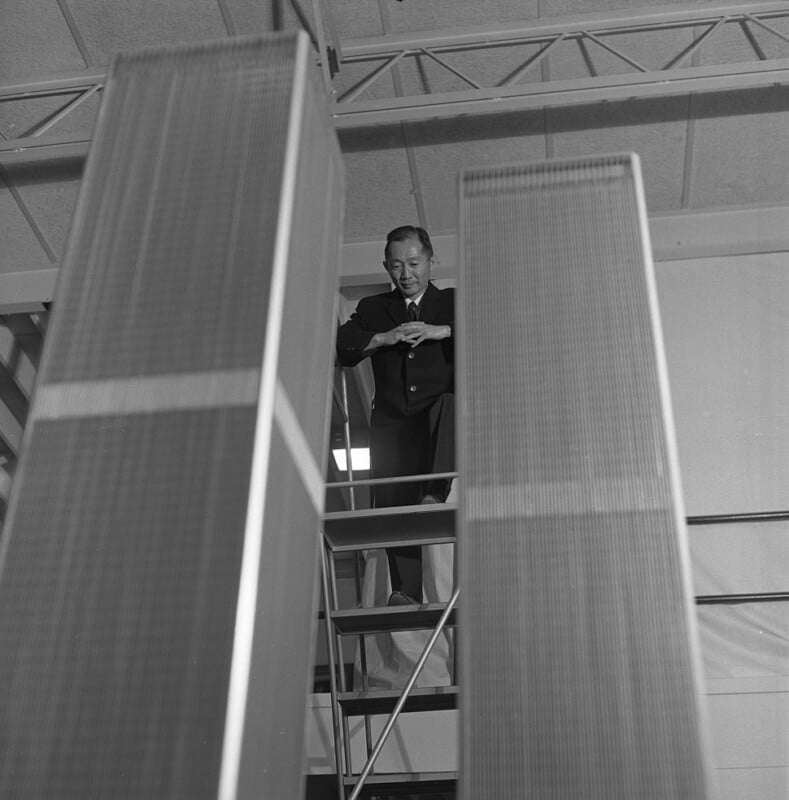
Who Was Balthazar Korab?
Korab was a Hungarian-American architectural photographer who trained as an architect in Paris and later combined his deep understanding of buildings with an artist’s eye for composition, light, and texture.
“I am an architect with a passion for nature’s lessons and man’s interventions” was how Korab described himself, according to a 2013 New York Times obituray. “My images are born out of a deep emotional investment in their subject.”
Korab arrived in the United States in 1955 and found employment with Eero Saarinen who commissioned him to document the architectural design process. It was this that gave him a break and he made a name for himself as one of the country’s top architecture photographers.
Keenly aware that buildings are made to interact with people, he would often include humans and natural elements in his pictures.
“Korab’s portfolios contain frequent sharp reminders that architecture is always entangled in broader cultural circumstances within which it is created and by which it is transformed,” wrote John Comazzi, an associate professor of architecture at the University of Minnesota, in Balthazar Korab: Architect of Photography.
The Library of Congress received a selection of his photographs relating to the work of Eero Saarineni in 2007 and Korab’s entire archive was transferred in 2011. It contains 530,000 photos shot across six decades on 35mm and 4×5 inch negatives.